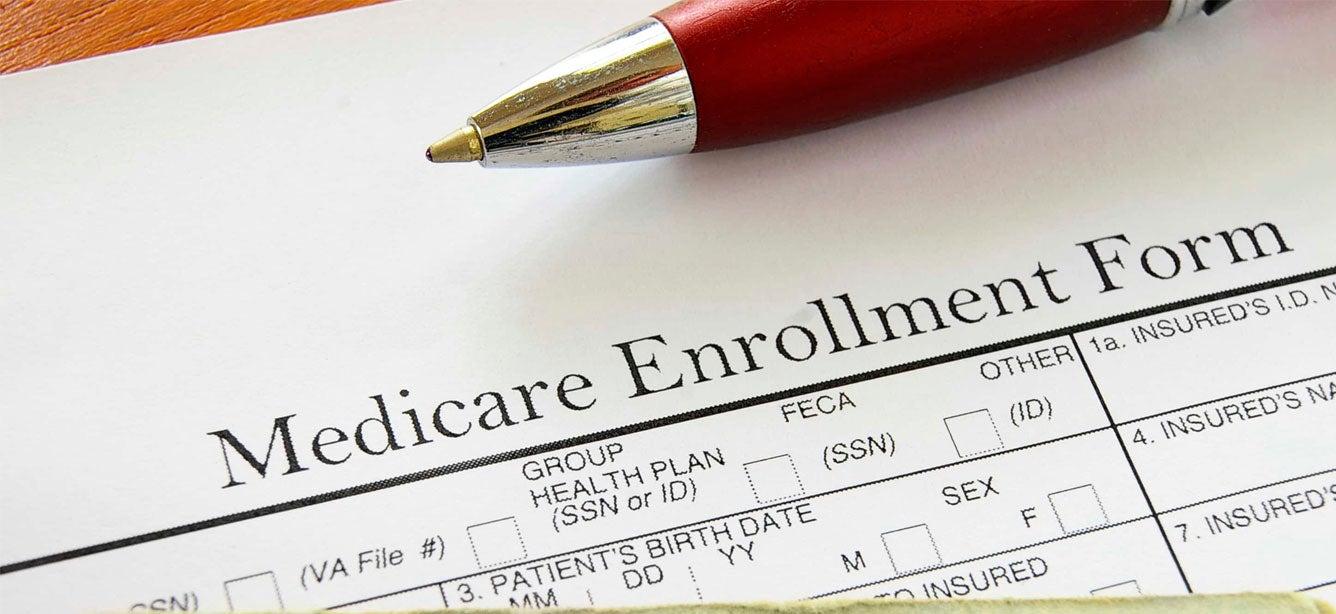
Related Topics
Funded by the federal government, Medicare serves as the cornerstone of health care for millions of Americans—especially those who are 65 and older. It’s made up of several parts, each providing a different type of coverage.
Whether you're approaching Medicare eligibility or helping someone else understand their options, we break down the basics of original Medicare, what it covers, and the out-of-pocket costs you need to consider.
What is original Medicare?
Also called traditional Medicare, original Medicare refers to Medicare Parts A and B. It works on a fee-for-service basis, meaning you can go to any provider or hospital in the U.S. that accepts Medicare. When those covered services are billed, Medicare pays a portion and you pay the rest. While Medicare covers healthcare visits and medical supplies, it doesn’t cover all medical expenses or the cost of most long-term care.
What is the difference between Medicare Part A and Part B?
Medicare Part A coverage: Hospital insurance
Medicare Part A is often called hospital or inpatient insurance because it pays for care in the hospital. Part A also pays some of the costs of stays at skilled nursing facilities, or health care at home. Finally, Part A also covers hospice care for people who are terminally ill.
Medicare Part A is funded by the payroll tax (FICA) that is deposited into the Hospital Insurance Trust Fund. Most people who have a personal or spousal work history and paid into Social Security do not have to pay a premium for Part A.
Medicare Part B coverage: Medical insurance
Medicare Part B pays for physician services, outpatient hospital care, and home health care that Part A does not pay for. It also covers:
- Diagnostic and laboratory tests, such as X-rays and blood work
- Medical equipment, such as wheelchairs and hospital beds
- Orthotics (devices that support joints) and prosthetics (artificial body parts)
- Mental health care
- Ambulance services
- Preventive services
Part B is financed by Part B premiums (paid monthly by Medicare beneficiaries) and general revenues from the federal government.
Which type of care is not covered by Medicare?
You might be wondering, “Does Medicare cover cataract surgery?” or “Does Medicare cover acupuncture?” Original Medicare has strict rules about what services it can and cannot cover. For example, home health care services are only covered under very specific circumstances for those requiring specialized therapies. Likewise, original Medicare does not cover routine dental, vision and hearing services.
Medicare Part B covers numerous preventive services to help seniors and adults with disabilities to stay healthy. These include an Annual Wellness Visit, cancer screenings, vaccines, and testing and management of chronic conditions. How much is Medicare Part A and B? All people with original Medicare have costs such as premiums, copayments, and deductibles. (Find a table of Parts A & B costs in 2024.) For seniors and adults with disabilities who have limited incomes, the Medicare Savings Programs can help to pay for the costs of original Medicare.
When do you enroll in original Medicare?
Do you have to sign up for Medicare? Older adults who receive Social Security or Railroad Retirement Benefits will be enrolled automatically into Medicare at age 65. Others have to apply for Medicare through the Social Security Administration during the annual Open Enrollment Period (Oct. 15 – Dec. 7). Younger adults with disabilities generally will be enrolled automatically following 24 months of Social Security disability benefits (SSDI), however, individuals with certain disabling conditions may be able to get Medicare sooner.
In addition to Open Enrollment, several other enrollment opportunities exist for seniors wanting Medicare coverage. Each person gets an Initial Enrollment Period into Medicare around their 65th birthday. There are also Special Enrollment Periods, such as for those who continue to work past age 65 and keep their employer insurance, and an annual General Enrollment Period.
The date that Medicare benefits begin depends on when the individual enrolls, as this enrollment calendar illustrates. Older adults turning 65 may be able to delay enrollment into Medicare under some circumstances, such as having existing coverage through an employer.
How do you enroll in original Medicare?
Contact the Social Security Administration online or at 1-800-772-1213 (TTY 1-800-325-0778) to enroll in Medicare during Open Enrollment or another applicable enrollment period. If you’re wondering, “How do I get a replacement Medicare card?”, Social Security can also help you get a new card if yours cannot be located.
You have choices for how you get Medicare coverage. If you choose to have original Medicare (Part A and Part B) coverage, you can buy a Medicare Supplement Insurance (Medigap) policy from a private insurance company.
How can I get additional information/assistance?
Your local State Health Insurance Assistance Program (SHIP) provides free, objective assistance to people with Medicare and their families. To find your SHIP, call toll-free 877-839-2675 or visit the SHIP website.


